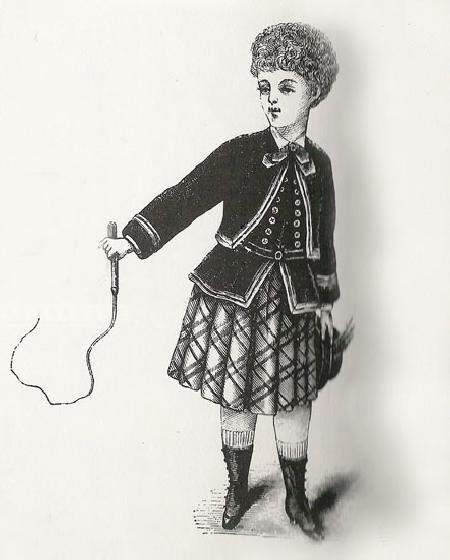
Figure 1.--This kilt suit drawing appeared in 1861 Unfortunately we are not sur about the source. It may have been "Harper's." The whip we believe would ensure that the model would be seen as a boy.


Figure 1.--This kilt suit drawing appeared in 1861 Unfortunately we are not sur about the source. It may have been "Harper's." The whip we believe would ensure that the model would be seen as a boy. |
We also note whips them in magazine and catalog adevertizing illustrations.
Often we see them used with boys outfited in dresses aznd other skirted outfits. Thus we believe that they were used to emphasize the fact that the child illustrated was a boy. A good example is a Dileneator illustration in 1890. Advertizer had a bit of a problem. With portraits all the members of a family would have known who was who. Of course with magazine illustrations, retailers often needed to indicate if a garment was appropriate for a boy or girl. In the 19th and early 20th century this was sometimes difficult to tell. The obvious association here is helpful in helping to assess gender in unidentified photographic portraits.
Navigate the Boys' Historical Clothing Web Site:
[Return to:Main whip prop page]
[Return to:Main photo prop page]
[Introduction]
[Activities]
[Biographies]
[Chronology]
[Cloth and textiles]
[Clothing styles]
[Countries]
[Topics]
[Bibliographies]
[Contributions]
[FAQs]
[Glossaries]
[Images]
[Satellite sites]
[Tools]
[Boys' Clothing Home]
Navigate the Boys' Historical Clothing Web Site:
[Sailor suits]
[Sailor hats]
[Buster Brown suits]
[Eton suits]
[Rompers]
[Tunics]
[Smocks]
[Pinafores]
